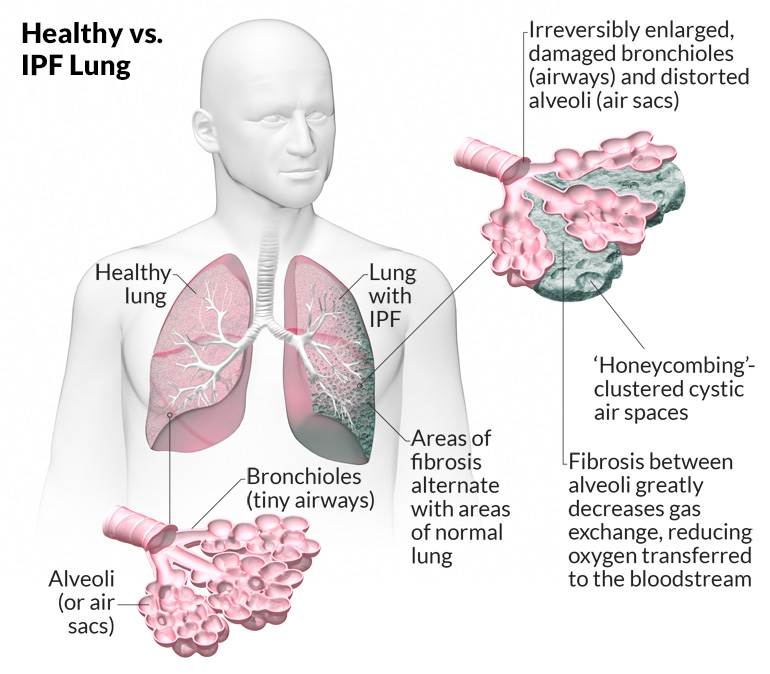CANCER
Extensive research has described various molecular ‘drivers’ of tumorigenesis and metastasis, however few therapeutic approaches simultaneously impact both processes. Our hypothesis, supported by an extensive number of preclinical reports in the literature, is that treatment of primary and metastatic cancer will be improved by novel bifunctional small molecule inhibitors targeting both soluble epoxide hydrolase (sEH) and cyclooxygenase 2 (COX-2). This approach would represent a first-in-class therapeutic capable of addressing the continuing need for improved therapeutics to address unmet medical needs in a variety of tumors.
Our objective will be to validate and progress bifunctional inhibitors as therapeutics for cancer and associated metastasis. COX-2 inhibition blocks production of tumor growth-promoting prostaglandins. sEH inhibitors block degradation of endogenous epoxyeicosatrienoic acids (EETs) –bioactive lipids with documented extensive salutary effects. These inhibitory activities when combined have unique multi-modal synergistic activity including anti-inflammatory, anti-angiogenesis, cytokine/chemokine cascade suppression, and abrogation of pro-tumorigenic cancer cell debris. Preclinical data support the anti-tumor, anti-metastatic and adjuvant potential of sEH / COX-2 small molecule bifunctional inhibitors in a variety of cancers including lung, breast, hepatocellular, ovarian, glioblastoma and bladder cancer.

Fibrosis
The term fibrosis refers to the development of fibrous connective tissue as a reparative response to injury or damage. It can be a part of normal tissue healing. When fibrosis occurs in response to injury, the term “scarring” is used. In pathological situations it involves excess tissue deposition of fibrous connective material that leads to thickening and hardening of tissues. Some forms of fibrosis include the following:
Lung fibrosis or pulmonary fibrosis. Pulmonary fibrosis occurs as a result of damaged to the lung tissue and uncheck repair processes. This leads to excessive fibrous connective tissue deposition resulting in stiffness and inability to expand. The condition can be caused by exposure to occupational hazards such as coal dust or the genetic condition cystic fibrosis. Idiopathic pulmonary fibrosis is a life-threatening disease with unknown etiology.
Liver fibrosis. Development of cirrhosis can lead to formation of the scar tissues and nodules that replace liver tissue and disrupt liver function. The condition is usually caused by alcoholism, fatty liver disease, and hepatitis B or C.
Kidney fibrosis. Renal fibrosis refers to a progressive and detrimental connective tissue damage on the kidney parenchyma. It leads inevitably to renal dysfunction, independently of the primary renal disease which caused the original kidney injury.
Heart fibrosis. Areas of the heart that have become damaged due to myocardial infarction may become fibrotic.
Bone marrow fibrosis. Also referred to as Myelofibrosis, is scarring in the bone marrow that prevents the normal production of blood cells and can lead to cancer.


GET IN TOUCH
Office
12636 High Bluff Drive, Suite 400, San Diego, CA 92130, USA

